- 1. Introduction: The Calming Space Created by Tatami
- 2. History and Cultural Background of Tatami
- 3. The Basic Structure and Materials of Tatami
- 4. Types of Tatami and Their Characteristics
- 5. Modern Evolution of Tatami: New Styles and Convenience
- 6. Conclusion: Embracing the Beauty of Tatami in Your Life
1. Introduction: The Calming Space Created by Tatami
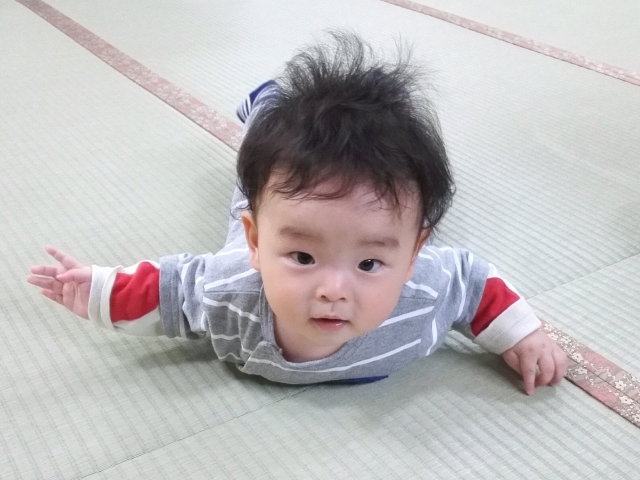
Tatami is an essential feature of traditional Japanese houses and rooms. It’s a symbol of Japanese culture, and its natural materials and unique scent bring a sense of calm and relaxation. Simply sitting on a tatami mat can make you feel like you’re connected to Japan’s nature. This is why tatami has been loved for centuries and remains a vital part of Japanese life today.
The distinctive smell of tatami comes from “igusa” (rush grass), the material used for the tatami surface. This scent has a soothing effect, and many people feel at ease when they step into a tatami room. The soft, springy feel underfoot is another part of its charm, offering a tactile experience unique to traditional Japanese spaces.
2. History and Cultural Background of Tatami
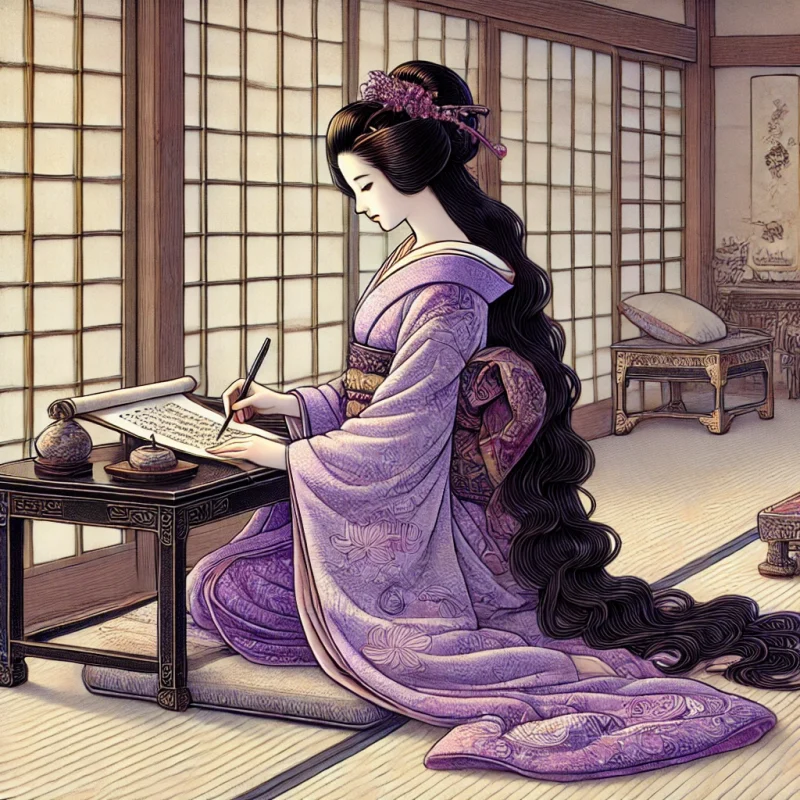
The history of tatami dates back to the Heian period (794–1185). Originally, it was a luxury item used by the aristocracy and was placed only in specific areas for sitting or sleeping. Over time, tatami spread to common households, becoming an integral part of Japanese homes.
Tatami has deep connections with samurai culture and tea ceremonies. In these cultural practices, the proper use and etiquette of tatami play a significant role. The way you move and behave on tatami is designed to maintain grace and beauty, a reflection of Japan’s emphasis on manners and aesthetics.
3. The Basic Structure and Materials of Tatami
While tatami may seem simple, its construction is carefully designed. Tatami mats are made up of three main components: the tatami surface (tatami-omote), the core (tatami-doko), and the edging (tatami-beri).
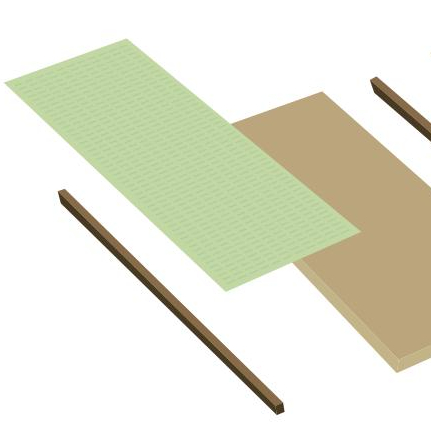
- Tatami-omote
This is the surface of the tatami, traditionally woven from igusa (rush grass). Igusa has excellent moisture absorption and air circulation properties, offering a pleasant texture when touched. - Tatami-doko
The core of the tatami mat, usually made from straw or, more recently, from lightweight modern materials like foam. Traditional straw cores offer excellent support and durability, while newer materials provide greater convenience and ease of handling. - Tatami-beri
The edging of the tatami, often made from fabric, is both functional and decorative. It protects the edges from wear and tear and can feature traditional patterns or simple designs depending on the room’s aesthetic.
4. Types of Tatami and Their Characteristics
There are several types of tatami, each with unique features:
- Edged tatami (futsuu tatami): The most common style, with decorative fabric edges that add a formal touch to the room.
- Edgeless tatami (ryukyu tatami): This modern style creates a clean, minimalist look and is popular in contemporary homes. It’s often arranged in a square pattern, giving a stylish appearance.
- Modular tatami (oki tatami): Ideal for those who want to incorporate tatami easily into any space, even outside of Japan. These tatami mats are lightweight and easy to place, making them perfect for temporary or versatile setups.
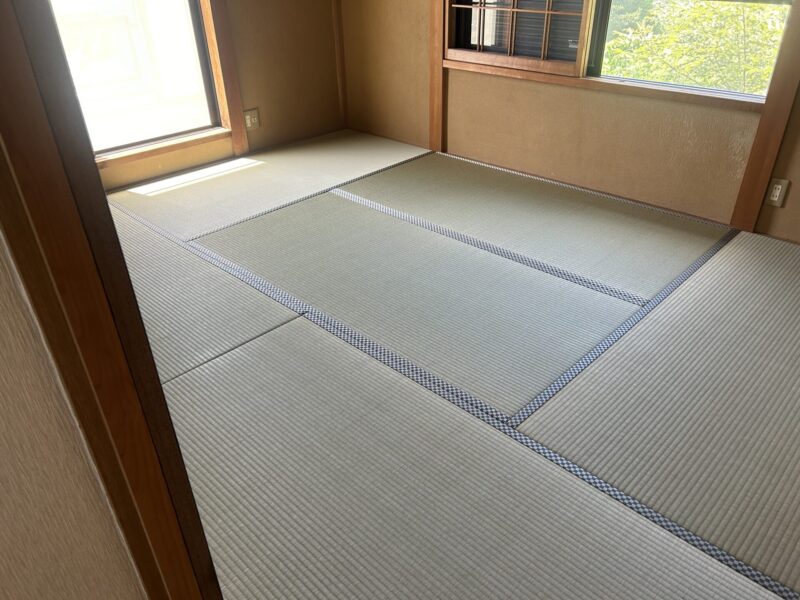
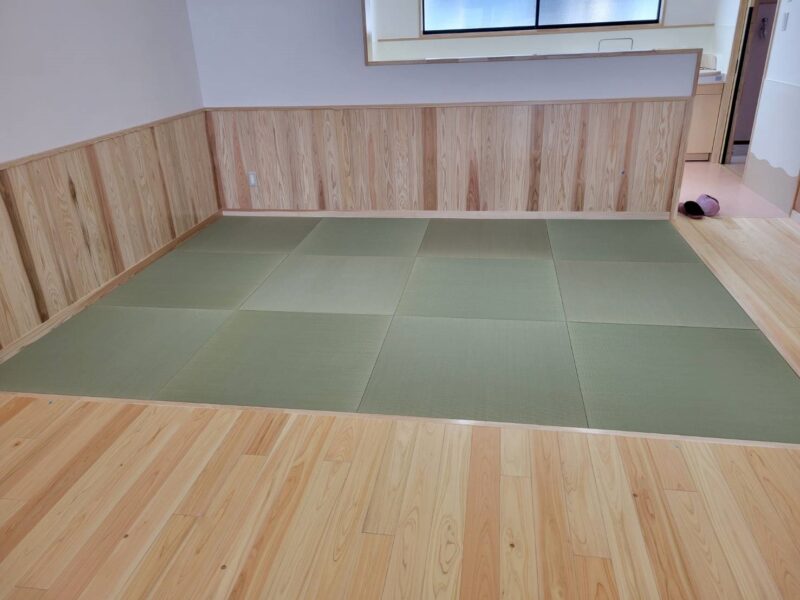
Tatami sizes also vary by region in Japan. For example, “Kyoma,” “Chukyoma,” and “Edoma” are regional standards, and each has slightly different dimensions. This adds a unique, local flavor to tatami culture.
5. Modern Evolution of Tatami: New Styles and Convenience
Tatami has also evolved with modern technology. New types of tatami are treated to be water-resistant or odor-resistant, making them more durable and suitable for today’s lifestyles. Modular tatami mats can easily be installed in apartments or non-traditional spaces, providing a quick way to enjoy the benefits of tatami.
In addition, modern designs include various colors and patterns, allowing tatami to blend seamlessly into contemporary interiors. This fusion of traditional and modern styles is gaining popularity, as people appreciate the natural feel of tatami while embracing modern aesthetics.
6. Conclusion: Embracing the Beauty of Tatami in Your Life
The simple beauty of a tatami room brings peace to any space, even in the busy pace of modern life. The natural materials and craftsmanship of tatami, combined with its deep cultural roots, continue to captivate people. By understanding the basics of tatami and incorporating it into your living space, you can experience a piece of Japan’s rich heritage firsthand.


